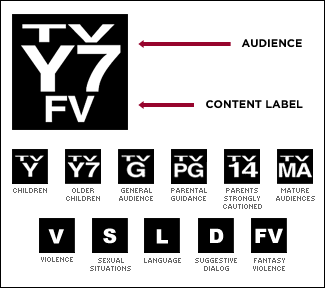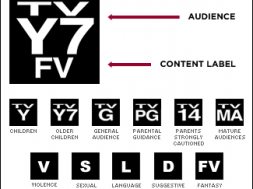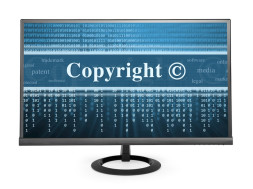
The nature of the world we live in is changing. So too is the nature of programming broadcast on local and cable television, on the radio, and online. Parents often lament that the television sitcoms that their children have access to these days, for example, are not the ones they remember from their own childhoods.
Whilst it is true that as societies become more modern, issues that were once considered taboo are now discussed among families with more frequency, an important issue is nevertheless raised: how is programming that contains more explicit sex, violence and language affecting our children? If it is affecting them negatively, what is being done to mitigate these effects?
Research on the effects of children and the media
According to an article published by UNESCO in 2007, a study conducted by Dr. Maureen Samms-Vaughan, former Executive Chairwoman of the National Early Childhood Commission, showed that children of primary-school age in Jamaica had “extremely high exposure to media with potentially harmful content.” When the homes of the children surveyed were observed, the television set was the most common appliance reported. Startlingly, 95.4% of eleven year olds sampled having television sets in their homes. Additionally, Samms-Vaughan was able to draw a link between the amount of television a child watches and the presence of learning and behavioural problems.
The Samms-Vaughan study asks some important questions: if children are able to access the media more than ever before, how is television being regulated so as to limit their access to programmes that may have negative effects?
The Children’s Code for Programming
The Broadcasting Commission of Jamaica has already stepped in. As of January 13, 2003, all licensed television, radio and cable providers are mandated by the Children’s Code for Programming to implement strategies aimed at limiting children’s exposure to potentially damaging media. Among these include:
- The assessment and rating of programmes with “problematic” material
- The scheduling of programming to ensure that specific programmes are transmitted to suitable audiences, and
- The issuing of advisories to ensure that audiences are aware of the content of a particular programme before it is viewed.
Created after seven months of careful consultation with the public, media stakeholders, and media practitioners, the Code is aimed at helping the media to be more responsible about the kinds of programmes it broadcasts. The development of the Code is one part of a holistic two-stage project focused on protecting children against the potential negative influence of the media- the second is a Media Literacy programme which was launched in 2007.
The need for parental supervision
But the BCJ and members of the media cannot perform this task alone: it is also up to the parents and family members to practice vigilance and discretion when it comes to the programmes that they allow their children to access. Parents need to become versed in the ratings given to specific channels and what they mean. They must understand that:
G refers to content suitable for all ages, as it includes little or no sexual content, violence, or strong language. Ratings that fall under this category include Y, TVY7, TVG
PG refers to programming that may contain themes unsuitable for younger children. It is recommended that parents watch these shows with their children so as to answer any questions they may have. Ratings that fall under this category include PG13 and TV14.
A refers to programming suitable for adults only, due to high levels of explicit content. Some PG13 and TV14 programmes may fall into this category. Additionally, parents should be wary of R and TV-MA ratings.
X refers to content that displays open sexual content. It should be avoided by all persons under 18 at all times. Some TV-MA programmes may fall into this category.
Parents should also be aware of methods available to them for preventing their children from accessing harmful programming and developing healthy watching habits. These include:
- Encouraging the family to watch suitable programming together
- Using your cable box to password-protect certain channels
- Using your channel ratings guide to determine what children are allowed to watch
- Initiating conversation with children about what shows they enjoy watching most and why, and about what types of shows are appropriate or inappropriate.
The healthy growth and development of children can only be achieved if parents, media and governing bodies are all involved in determining the types of programmes their children can watch.
Want to help protect the youth?
Volunteer for the Broadcasting Commission of Jamaica Citizen base Media Monitor training program today!
(398)








